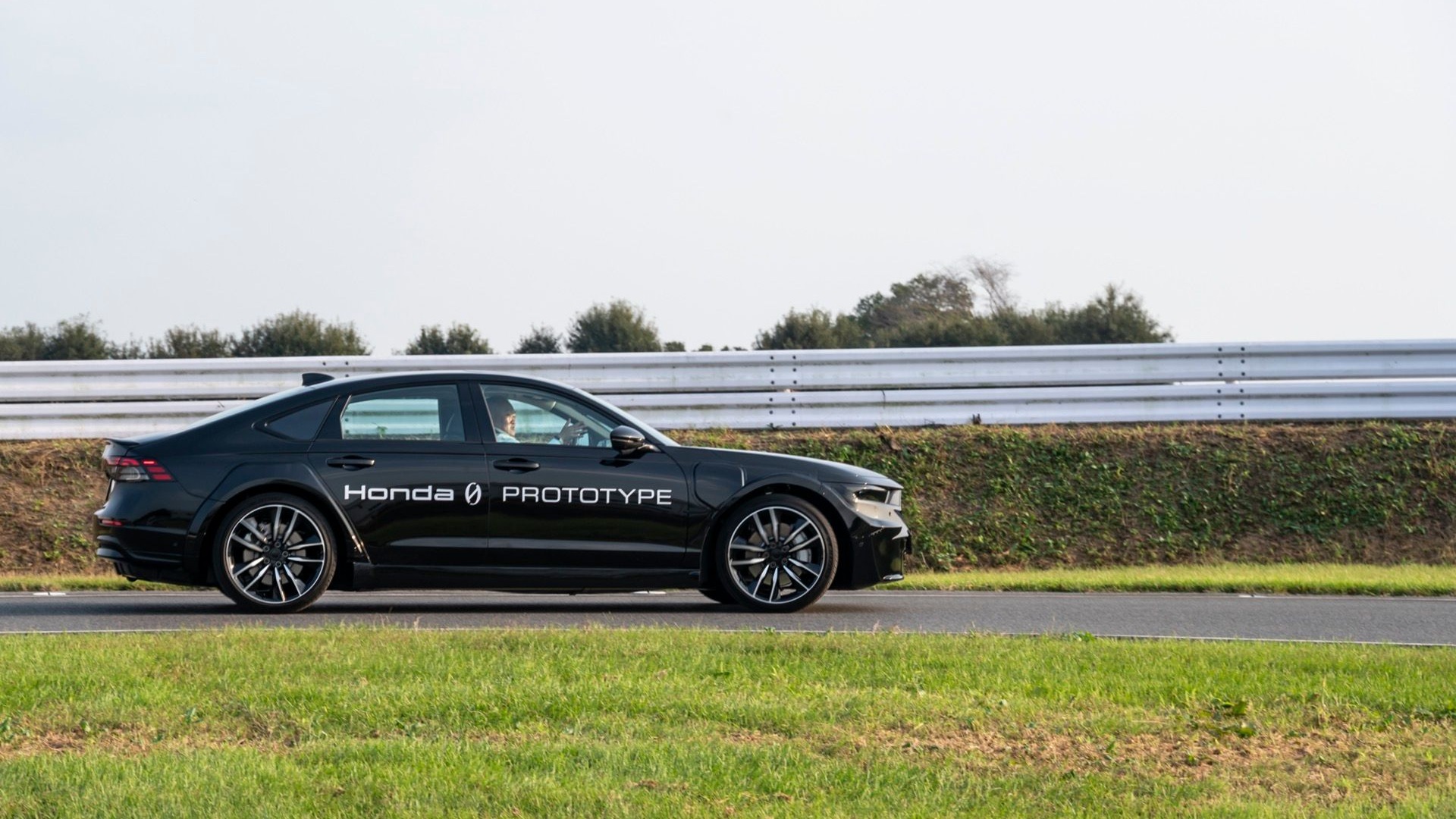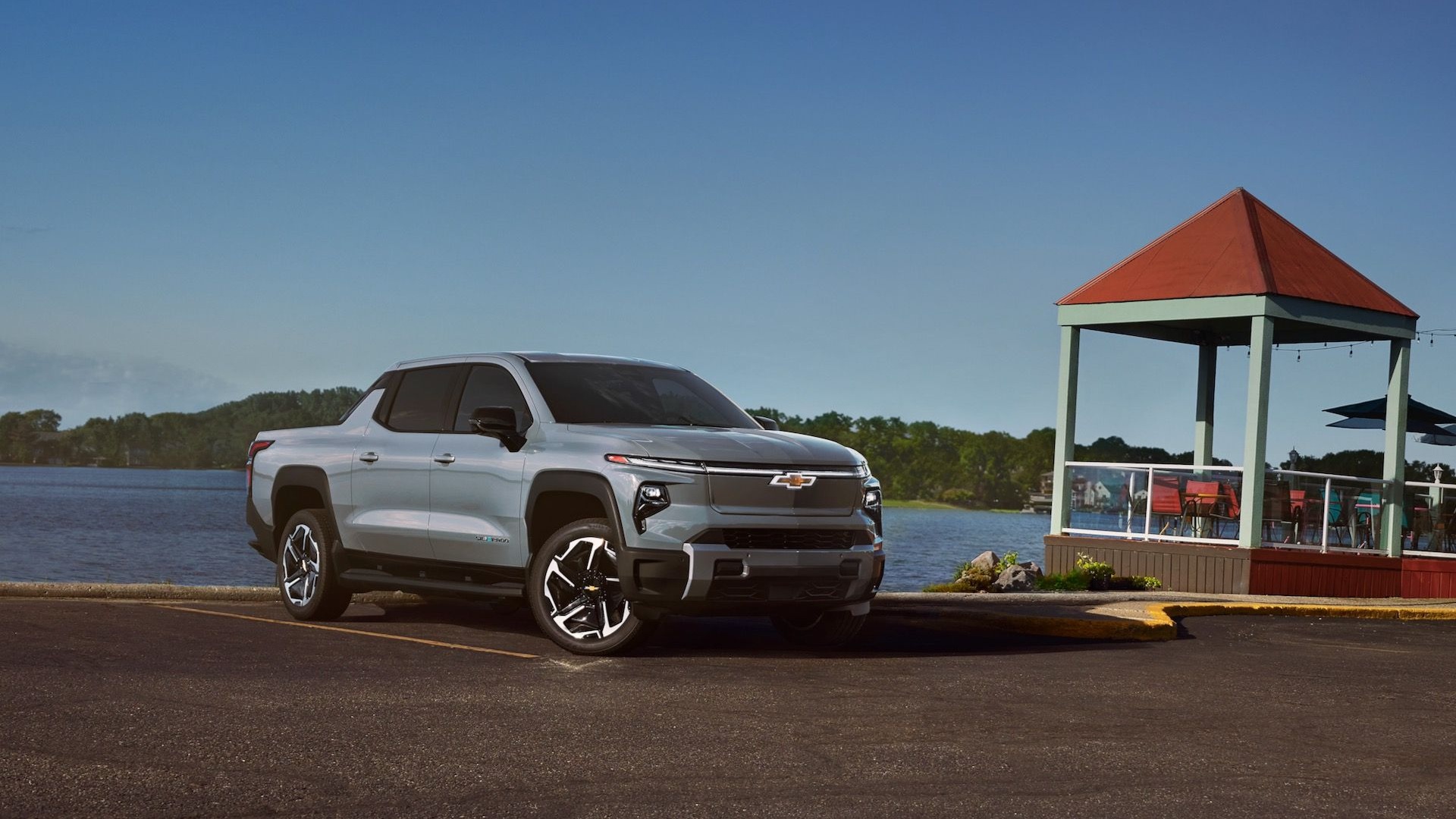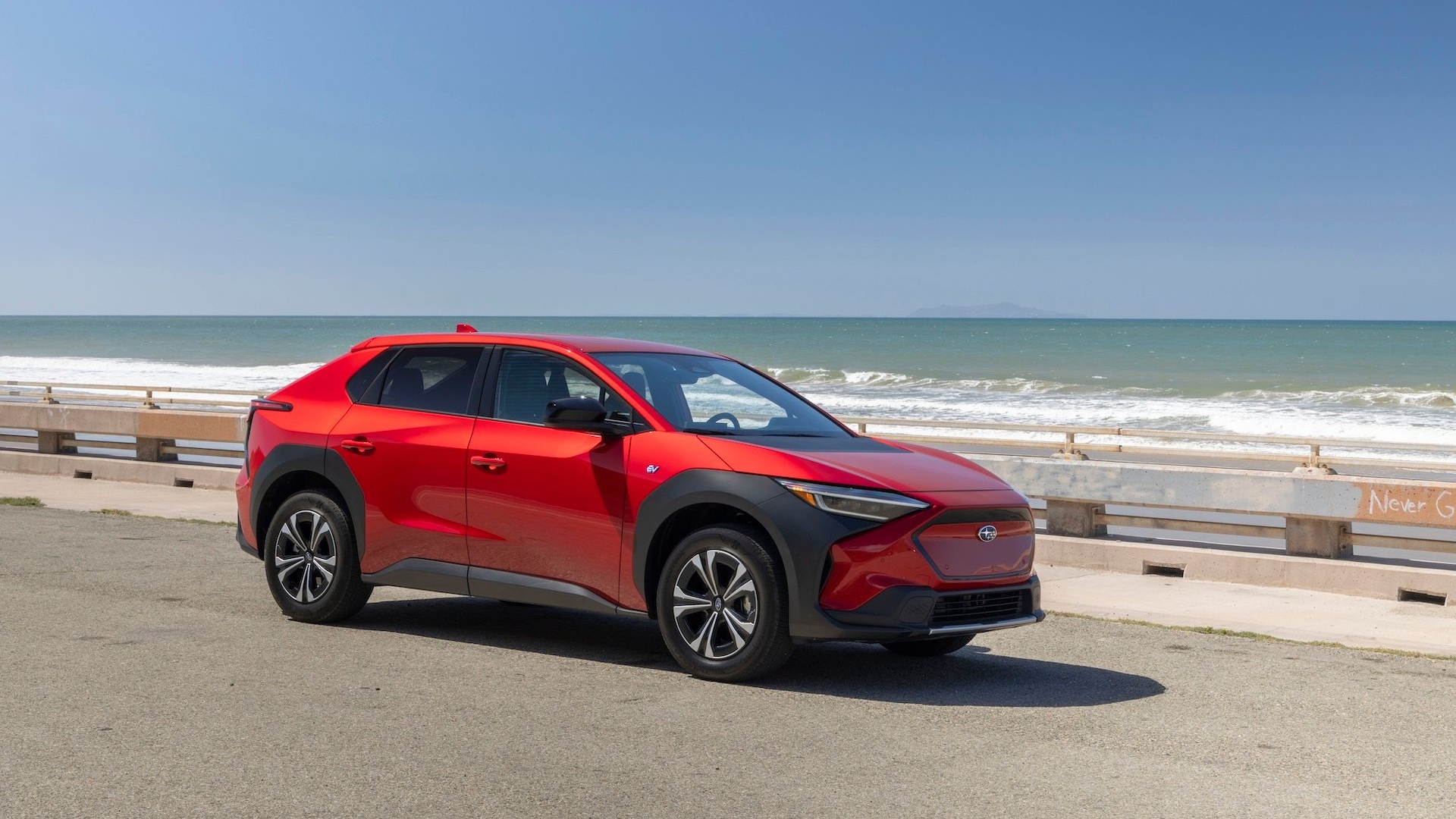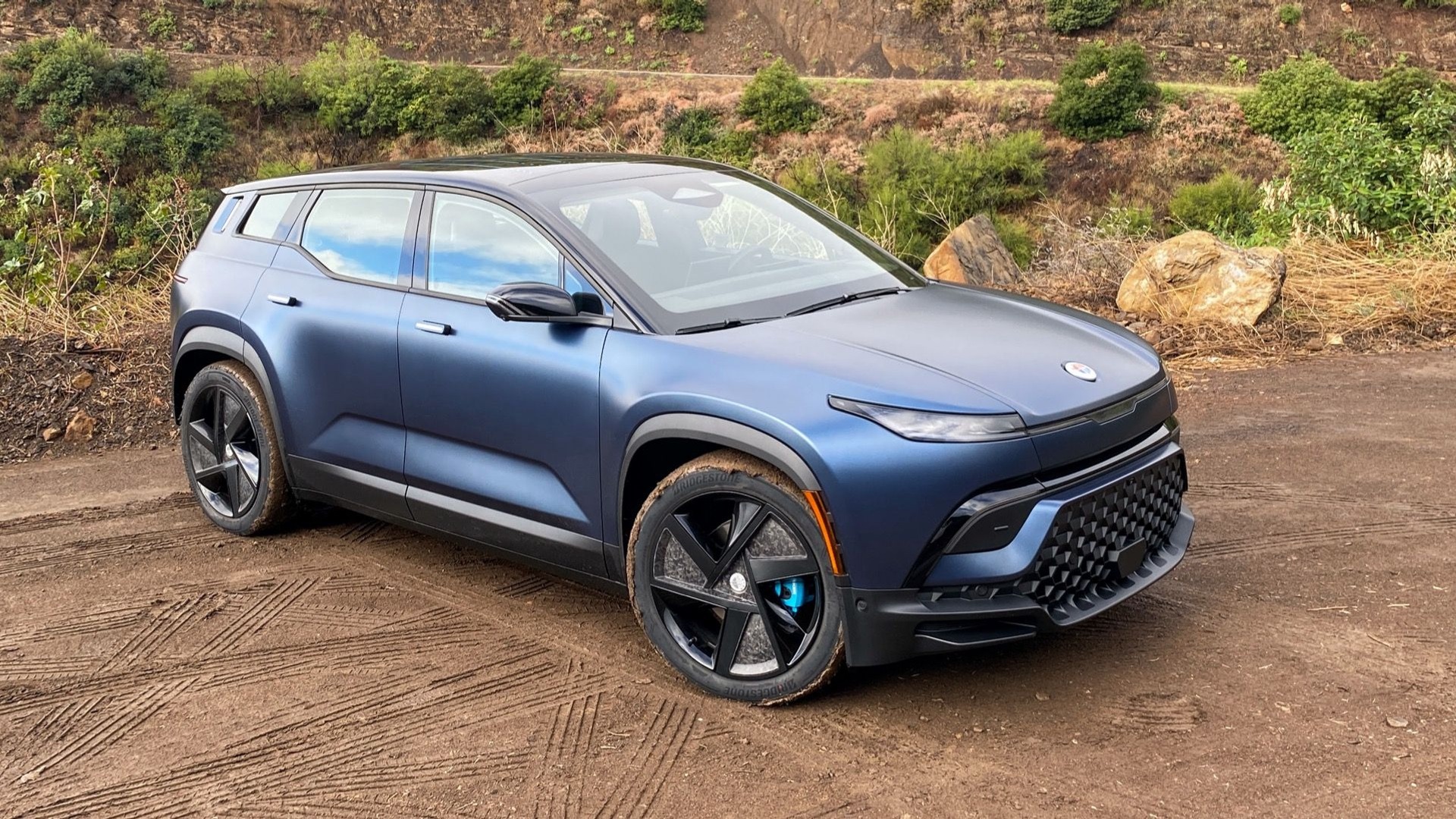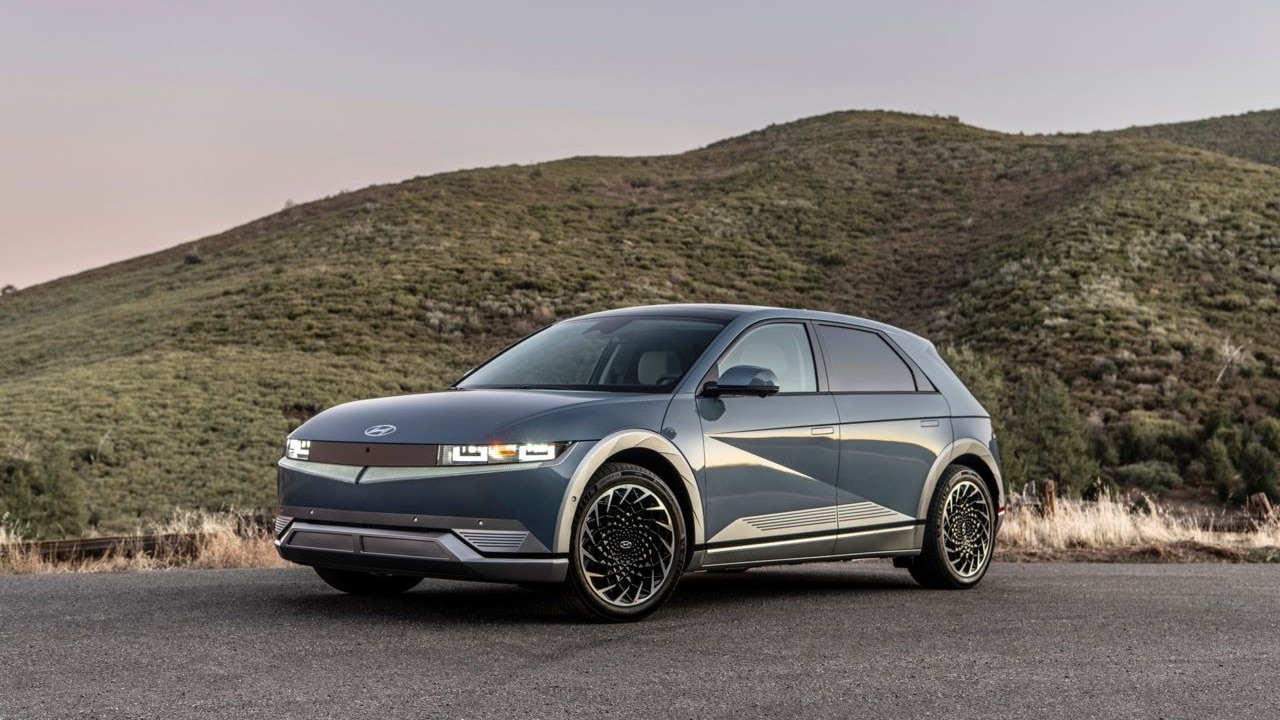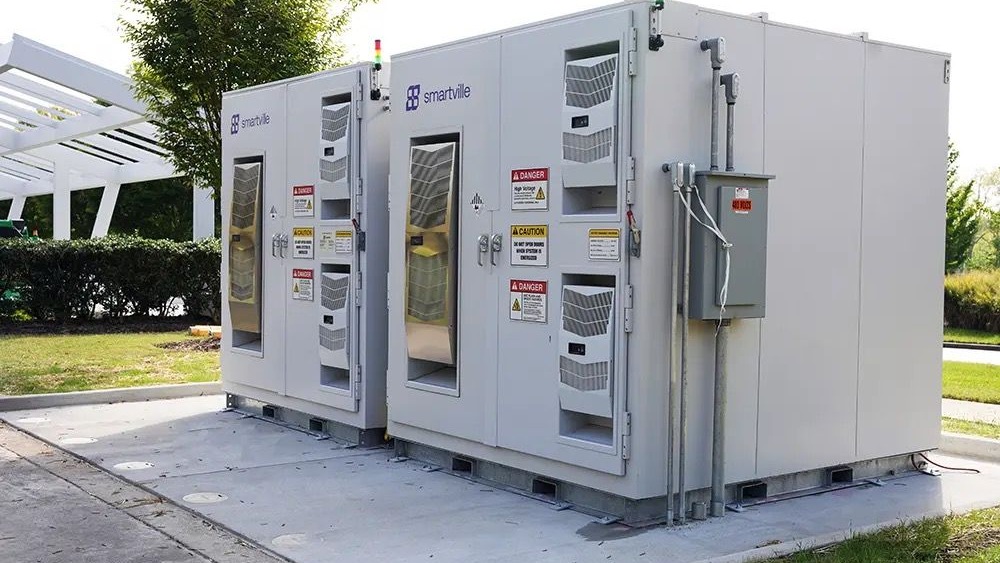- Honda aims for aero-savvy EV shapes—and SUVs—with upcoming Series 0 platform
- 0 Series boasts an air suspension and 3D gyro tech from robots
- Radiant heat and a heat pump will help maintain range edge in winter
Last week, at Honda’s R&D facility in Tochigi, Japan, I caught up on all the engineering work that’s gone into remaking Hondas as electric, culminating in about 10 minutes of dynamic driver’s seat time in a 0 Series EV in disguise.
It gave me an answer to a question I simply couldn’t get out of my mind: How can a car as low and racy-looking as the Honda Saloon concept have a shape that’s nearly production-bound?
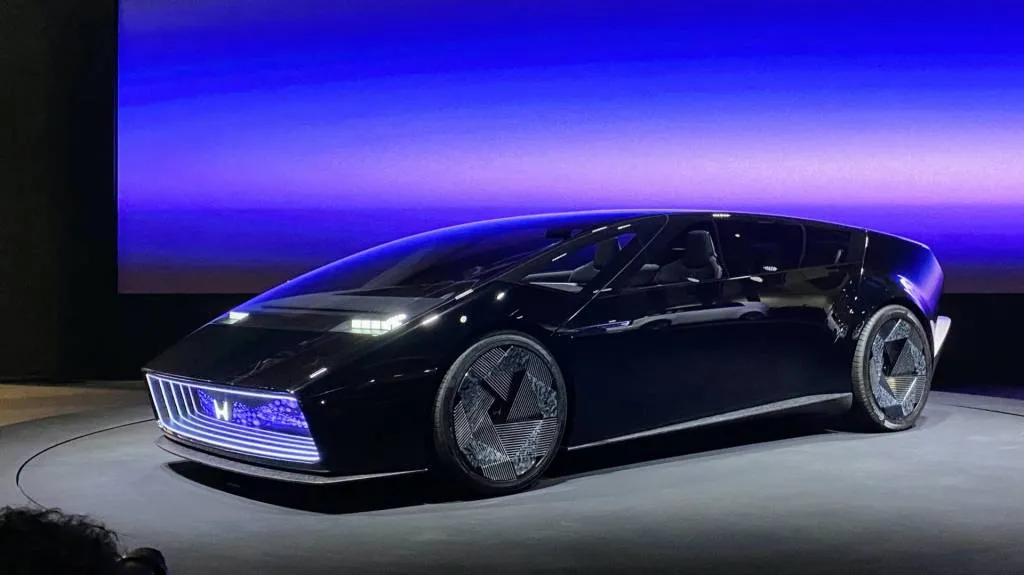
Honda Saloon Concept - 2024 CES
In January at CES, Honda revealed the Space-Hub and Saloon EV concepts. And among them, the Saloon EV’s supercar-like kammback profile seemingly stole the show—especially after executives claimed its poster-car look was nearly production-bound.
It underscores a point: Building a new generation of efficient, competitive battery and propulsion systems isn’t the only challenge that legacy automakers face in shifting to electric vehicles. The even greater test may well be how the rest of the vehicle—the top hat, in industry parlance—is conceived around it.
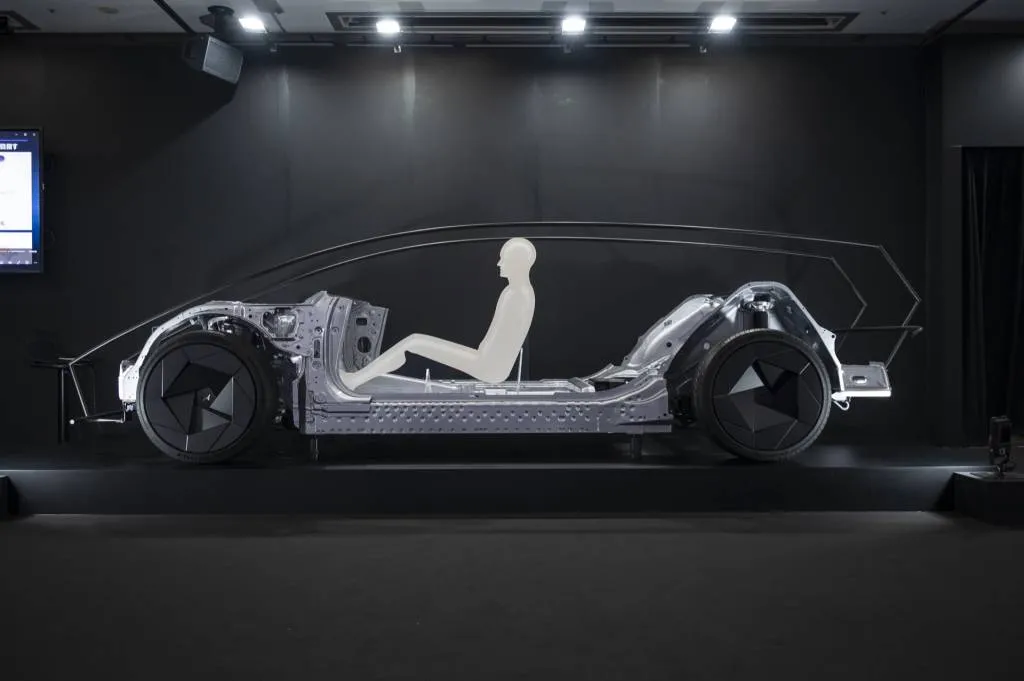
Honda 0 Series EV platform
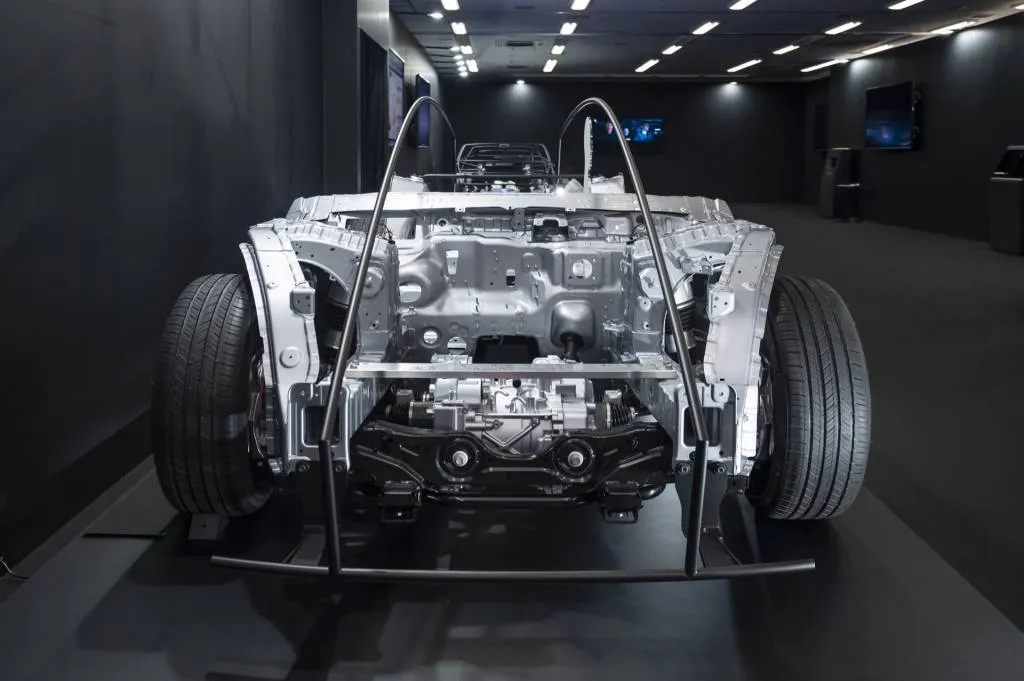
Honda 0 Series EV platform
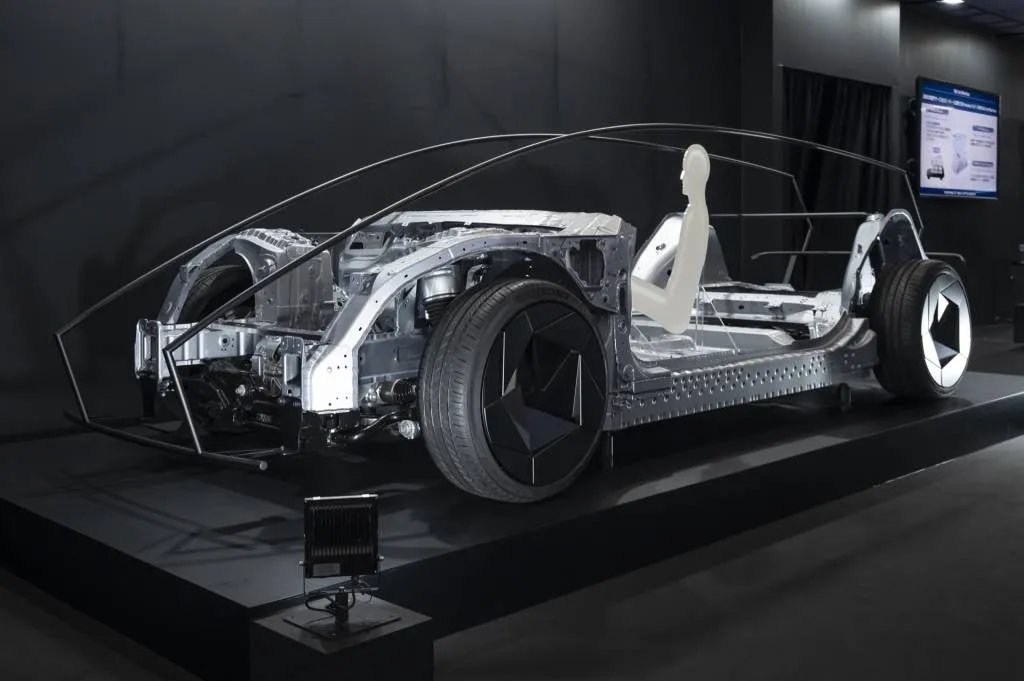
Honda 0 Series EV platform
Getting such a profile to work against the headwinds of crash-test standards, roomy passenger cabins, and the status quo of passenger EV layouts is the puzzle Honda says it can handle. And it’s just the car for Honda to lay out in profile as the example for why it’s taken on a “thin, light, and wise” strategy in engineering these upcoming 0 Series EVs. They signal a fresh start as it looks past the GM-supplier Prologue and ahead to its first family of entirely Honda-engineered mass-production EVs, due to be made in Ohio starting in late 2025.
The first two of those EVs to arrive will be an Acura crossover, previewed by the Performance EV concept shown in August, then a production-bound version of the Saloon concept.
While Honda isn’t entirely ready to show that especially rakish future in production form, it’s ready to give us a sense of all the work underneath.
Back at CES, the automaker provided a lot of information about what Honda 0 Series EVs will (and won’t) be, and it underscored that these models won’t be Accords, Civics, CR-Vs, or niche models. Fundamentally, between EVs on one side and gasoline models, hybrids, and maybe plug-in hybrids on the other, With the exception of its electronics platform and user interface, Honda doesn’t plan to overlap its EV structure and platform with gas and hybrid models.
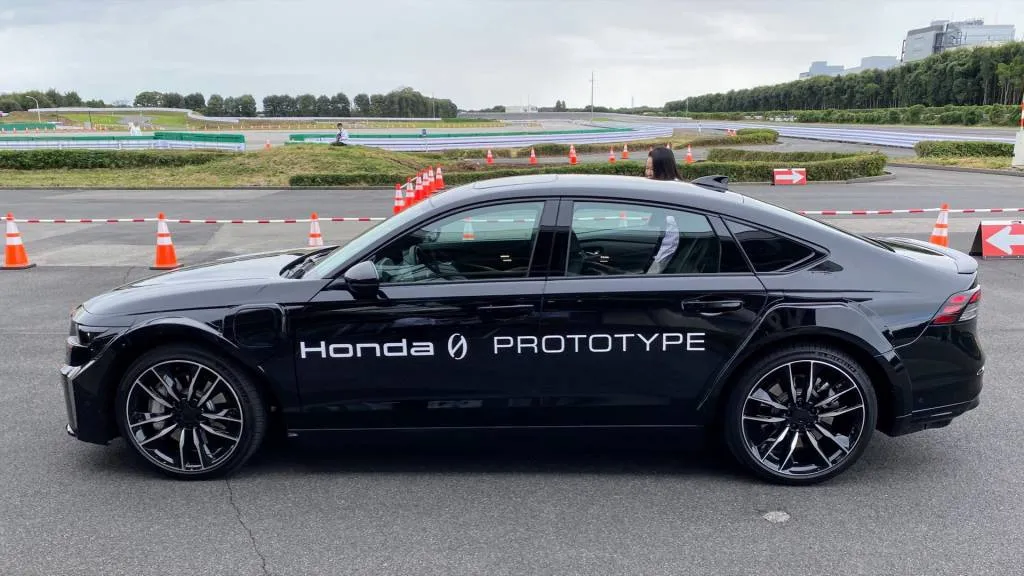
Honda 0 Series platform prototype (Accord)
So it seems ironic that here I was, set to drive some key aspects of Honda’s 0 Series platform in either an Accord or a CR-V—including the floor and battery case, as well as the 0 Series suspension. Both of the vehicles got tuning of the suspension and drive systems to adapt it to their own weight distributions, but I headed straight for the Accord after a tip that it may provide the best preview of 0 Series driving dynamics.
Honda challenges “thick and heavy” as the basis for EVs
Honda says that by emphasizing “thin, light, and wise,” it aims to transcend the constraints of having an EV be a “thick and heavy” vehicle. Too often, thick battery packs with bulky cooling systems and body structures intended to meet sedans and SUVs in the middle amount to packaging that doesn’t work so well for anything at the extremes.
With active aero and a low profile, the Honda Saloon concept promises better aerodynamics than any other production car, as well as an overall height that could be less than 55 inches while still maximizing interior space for adults.
How it got there meant first conceiving a thin, super-low battery pack that acts as a structural member. Slimmed-down e-axles, combined with an aluminum-focused body structure, holds its mass close to the middle of the vehicle. Honda has also reeled in overhangs, and it’s rethought the way body flex at the front and rear factors into the suspension, allowing less lateral rigidity than current vehicle convention. Honda says that cuts weight and results in more nimble driving.
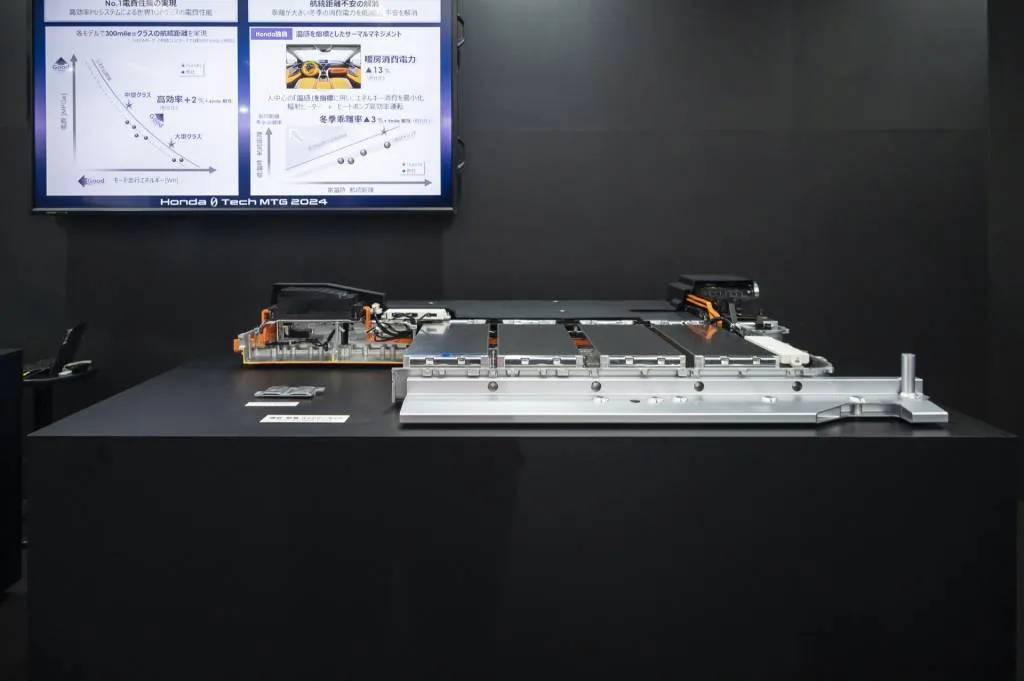
Honda 0 Series EV platform
That battery pack is part of a so-called Integrated Power Unit that acts as the battery case and an integral part of the platform’s body structure. It’s girded with thick rails that together with the pack itself act as a structural member of the vehicle and enhance side impact protection.
Part of what allows the lower hoodline and aero profile is a body structure underneath that wasn’t conceived to allow for engines in front. Frontal offset force paths connect through to those thick rails in a way that takes away the need for higher cowl crossmembers.
Honda 0 Series models will be all-wheel drive or rear-wheel drive. So far, Honda has a 180-kw (241-hp) electric drive unit and a 50-kw (67-hp) unit that’s shared with its two-mode hybrids. It says the e-Axle is 40% smaller versus a composite average of current rival units from OEM suppliers. Honda labels these e-axles as proprietary, although they’re built by partner Hitachi Astemo, of which Honda owns a majority stake.
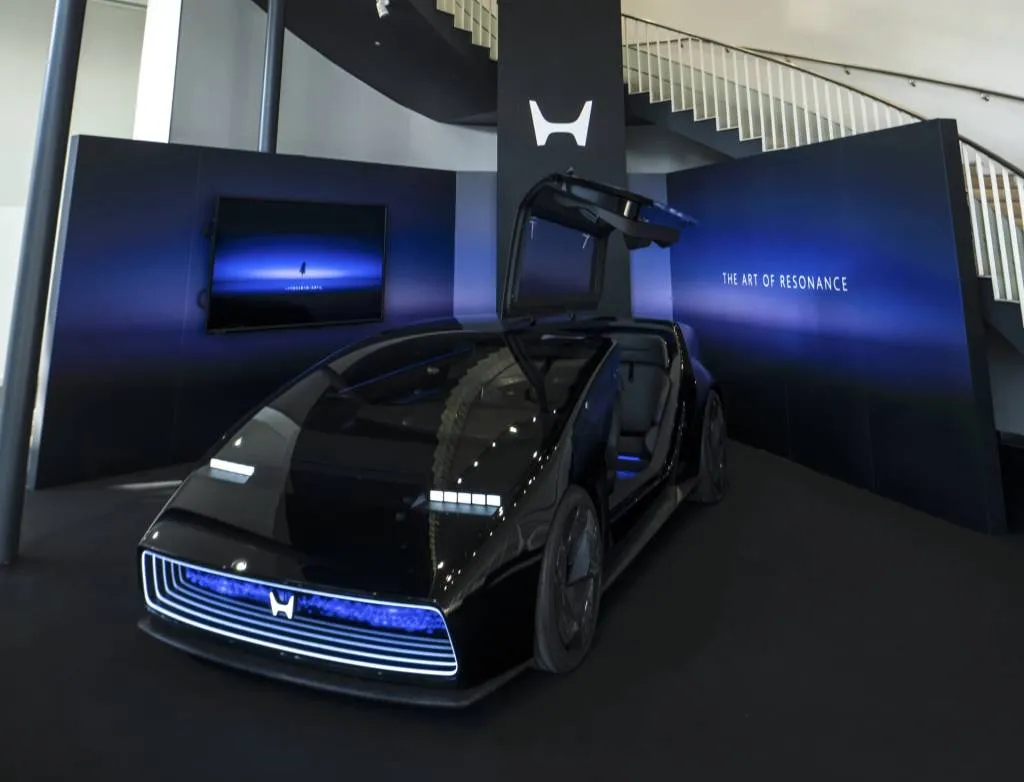
Honda Saloon EV concept

Honda Saloon EV concept
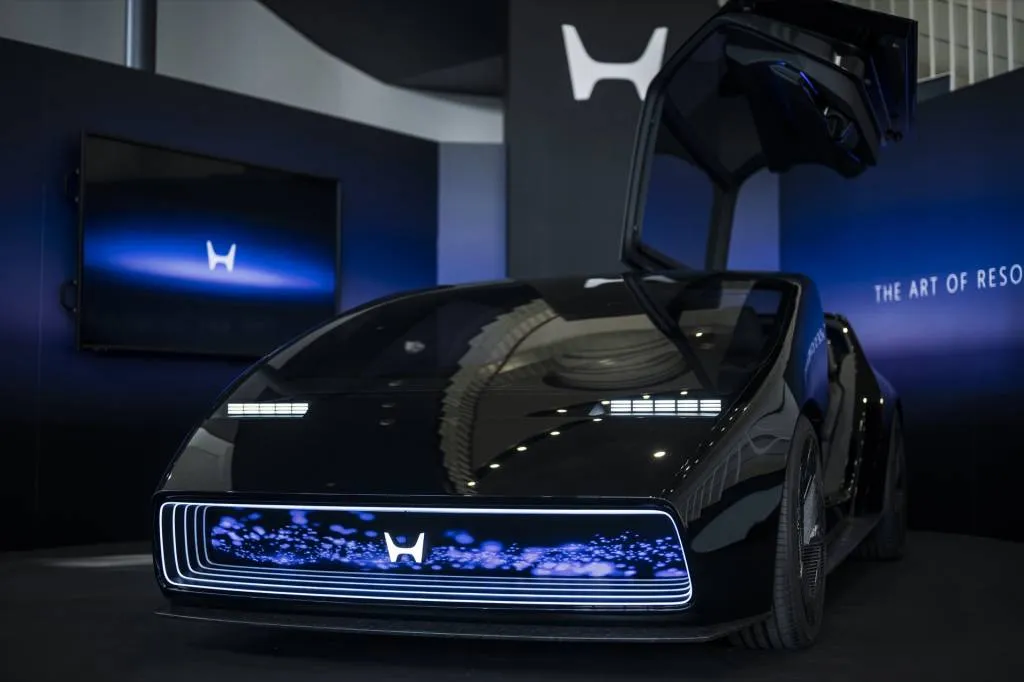
Honda Saloon EV concept
Honda 0 Series aims for 300 miles
Given all of this, Honda aims to achieve “around 300 miles” across various 0 Series models, in terms of EPA cycle range, with battery pack sizes varying to meet that. With a radiant heater and heat pump, Honda says the 0 Series reduces heating power consumption by 13%, with a lower winter-weather range deviation than rival models.
Honda also promises that the 0 Series will be 2% more efficient than rivals—a composite average of them—in terms of range per energy. Without seeing specific examples (like Tesla, and Lucid) factored in, it’s difficult to anticipate where Honda might land.
The Accord I drove had two of these 241-hp units, amounting to an output potentially topping 480 hp, although Honda officials wouldn’t confirm if the units were making their peak output here. Honda had no update on core specs like the battery capacity, but it confirmed that modules will be only in the pouch format—supplied by a Honda joint venture with LG. Honda also hasn’t provided figures for charge rates, or even confirm whether these EVs will operate at 400 volts or 800 volts, but it promised that later versions of the 0 Series arriving in a few years will be able to charge from 15-80% in just 10-15 minutes (suggesting 800-volt charging) and will lose no more than 10% of the original battery capacity after 10 years of use.
These models will get battery cells through an arrangement with LG and supplied via an LG joint venture with Honda in Ohio. Honda hasn’t yet detailed how many cells are installed per module, but it clarified that its battery management system is a wired one and monitors resistance at the cell level.
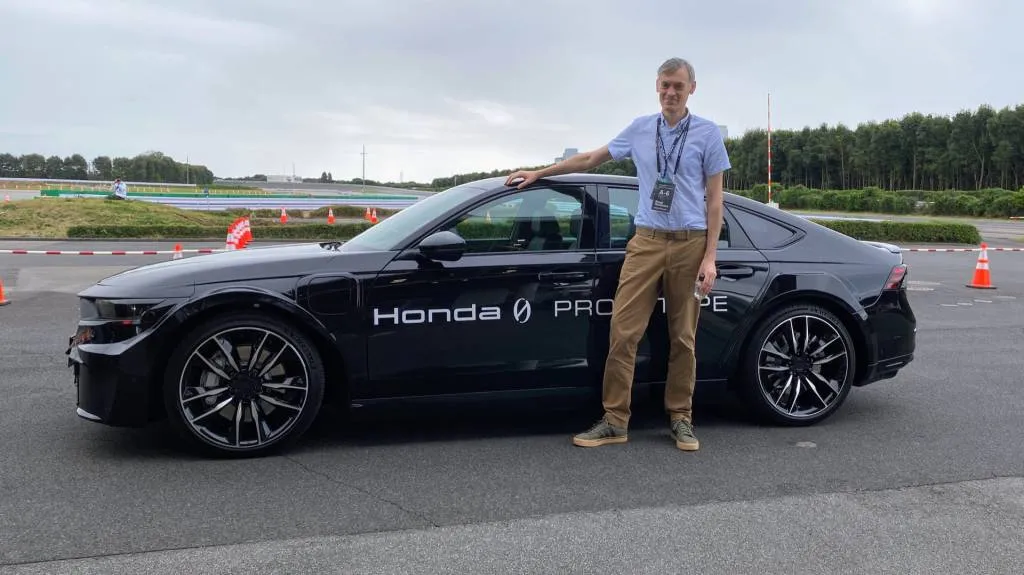
Honda 0 Series platform prototype (Accord)
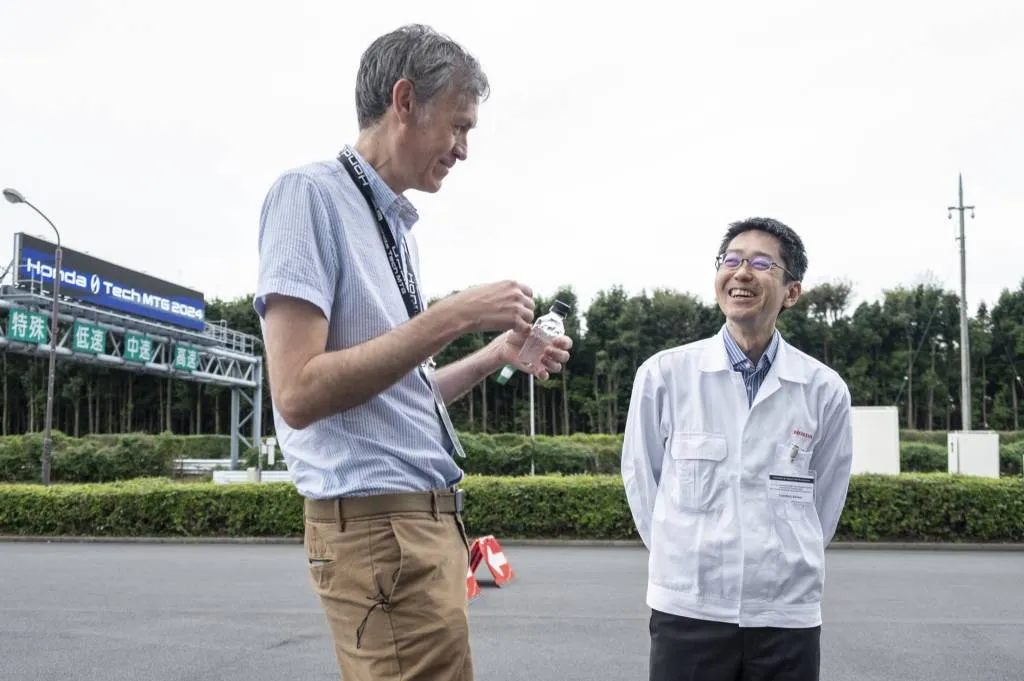
Halvorson disccusses Series 0 driving attributes with chief engineer
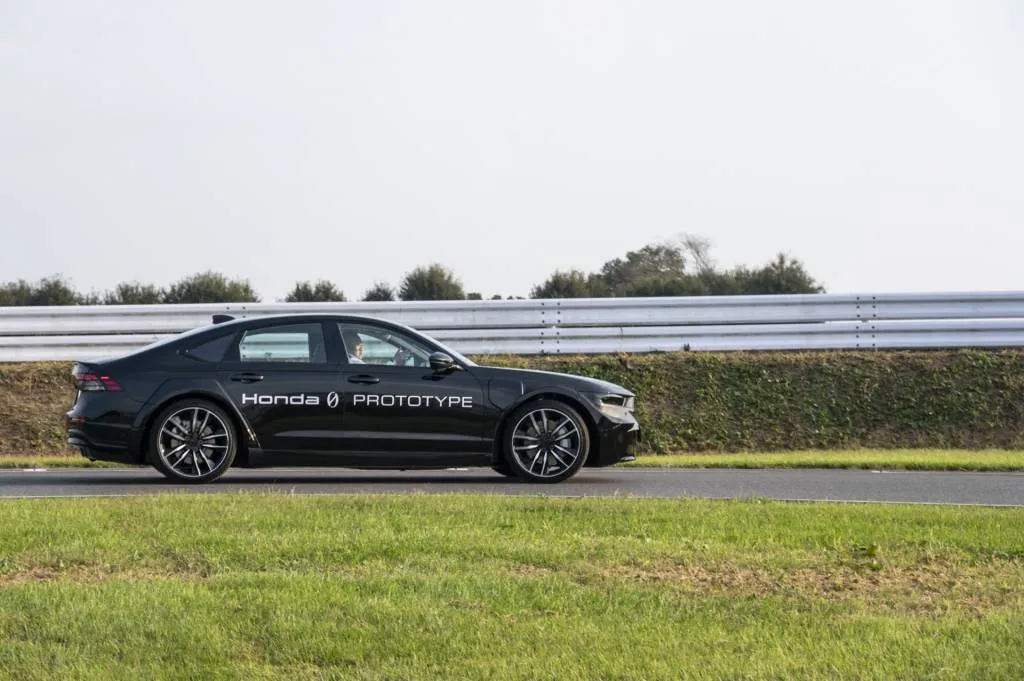
Honda 0 Series EV platform in Honda Accord
Honda 0 Series prototype quick spin
Back to the preview: What I’m riding in gives the face-value impression that it’s an Accord—with some development controls, and a thin display screen fitted to it looking nothing like the vast display space of the Saloon concept. But I’m assured that some of what I’m riding on is in some aspects close-to-final-form 0 Series.
I roll out from the staging area onto the straight of the small road course and roll into the accelerator, reaching the floor momentarily before I cautiously take on the course’s curves. As I quickly learn, this might be a heavier EV, but it feels more nimble and balanced than a typical Accord. A second and third time with a nod from my development-engineer passenger, I push it a little faster in the straight than the speeds originally intended for the exercise, eventually reaching about 75 mph. The propulsion system is remarkably quiet even then.
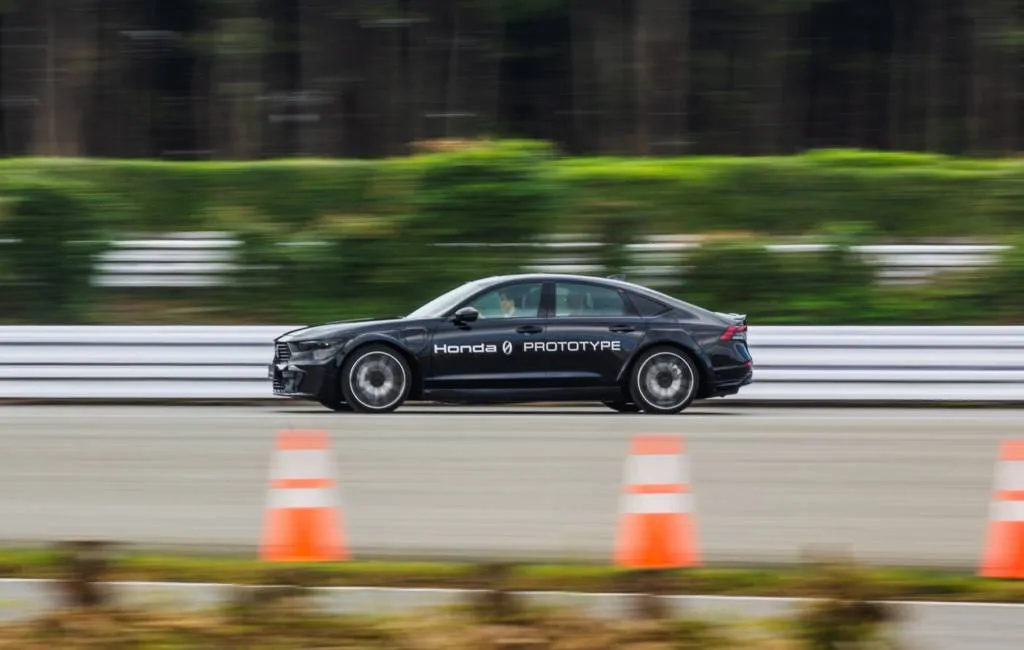
Honda Series 0 prototype (Accord)
Overall, this feels every bit as quick as the quickest mainstream AWD EVs—all except for those with Plaid, Performance, or N badging. Meanwhile the motors are delivering their torque free of vibration, and they feel in sync with the stability control and body control.
This Accord-based 0 Series prototype isn’t fitted with the production car’s steer-by-wire system. It’s also not a production-level braking configuration, and it only has one level of brake regen—a moderate one that scrubs off some speed but definitely requires the brake pedal. Honda also wouldn’t confirm the capacity of the battery pack in this prototype, whether it’s close to that of a production version in weight, or how much heavier it is than an Accord. It was confirmed that the prototype is heavier than a gasoline Accord, though.
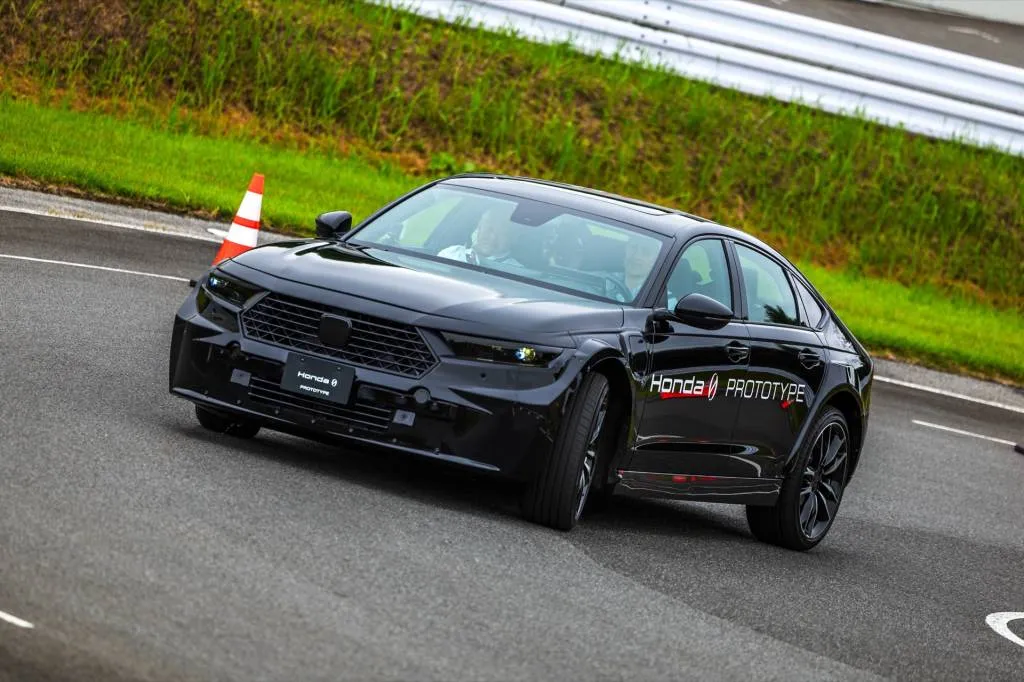
Honda Series 0 prototype (Accord)
0 Series prototype handles better than an Accord
What it does have is the 0 Series’ air suspension, with air-spring struts in front and a multi-link setup with air springs in back. It also gets the 0 Series’ stability system and body controls incorporating 3D gyro sensors inherited from the ASIMO robot family—a world first, according to Honda.
My takeaway is that this feels like a flat-cornering, lower-riding Accord. Yet the engineer riding with me reminds me that the actual H-point of this car is slightly higher than that of a standard Accord.
After driving, I stood back and watched this special Accord on a subsequent lap and visually confirmed it’s cornering as flat as it feels inside.
Back away from the prototype, I learned much more about all the innovation Honda plans in manufacturing these EVs. Altogether, the battery pack case is Honda’s largest single cast piece ever—including its engines—and the pack case has just five parts as opposed to 60 or more for some, Honda says. It will be using six 6,000-ton high-pressure die-cast (“megacasting”) machines at its Ohio facilities to make them—because megacasting uses less energy than gigacasting and is better for production flexibility.
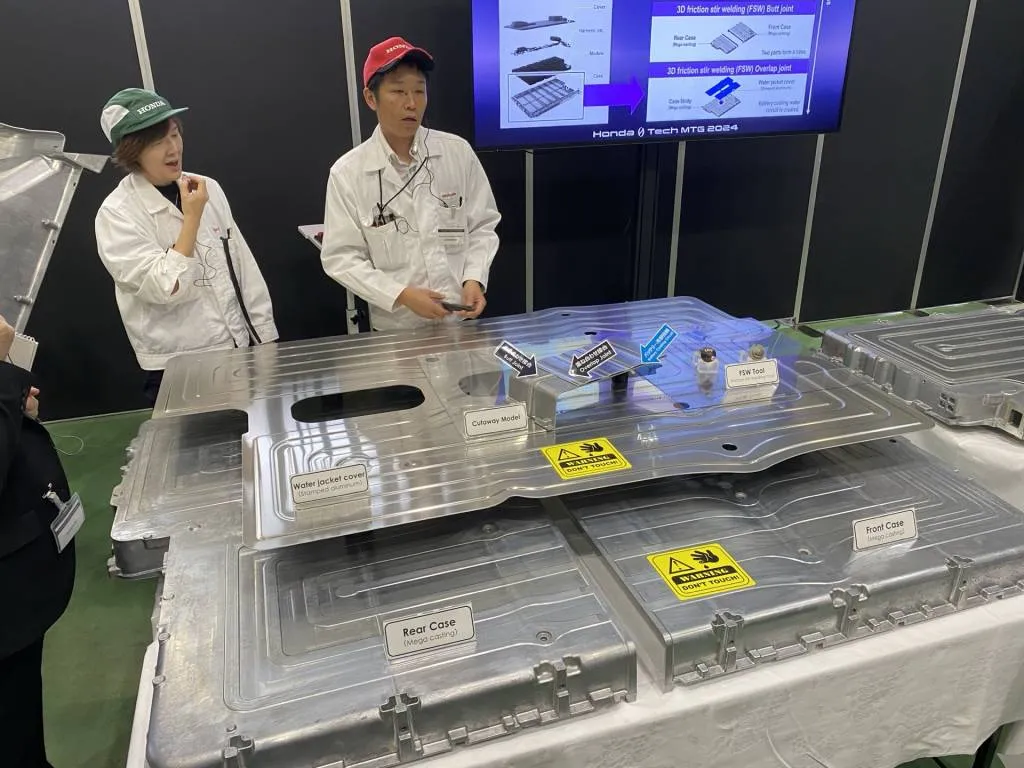
Honda 0 Series platform - battery pack
Further, after the quick zip-zip of a robotic trimming process, a new process called friction stir welding will bond the pack’s pieces, assuring precise cooling channels. It all appears ready for the mass-production ramp.
Honda has planned for a semi-automated flex-cell production system that allows it to be especially quick to modify its mix of battery pack sizes based on vehicle demand. Honda anticipates that roughly 75% of 0 Series EVs may be medium-size, while a quarter will be large-size.
0 Series to be made in Ohio, alongside gas vehicles
And that underscores an important point: The 0 Series EVs are engineered, despite their differences, to be assembled side-by-side in Ohio with Honda’s ICE vehicles, as part of a semi-automated assembly line.
Honda also plans to mega-cast even larger aluminum rear body modules for 0 Series EVs within a few years—likely starting in 2028 in its Canadian plant. It’s also utilizing CDC (constant direct current chopping) joining technology that Honda has worked out specifically for this body frame and its alloy type, allowing less energy and a stronger weld.
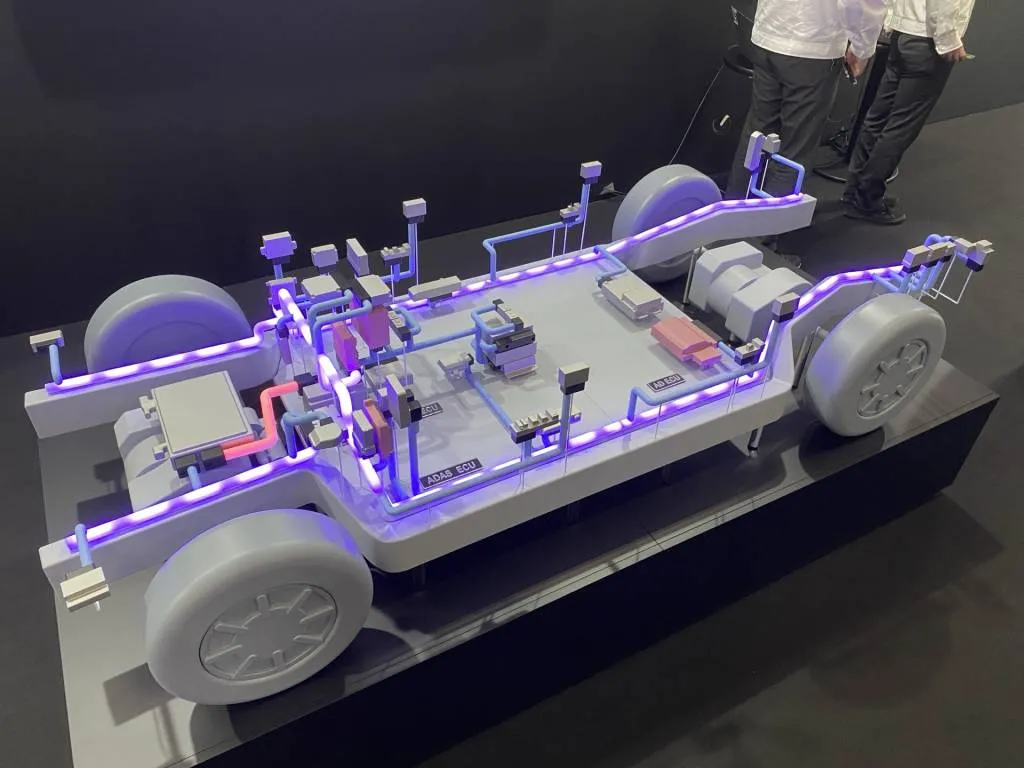
Honda 0 Series platform
The 0 Series will run on a new Honda electrical and electronics architecture, corresponding to three ECUs: safety and autonomous driving for the first; dynamics, body electronics and energy management for the second; and the digital UX for the third. It’s planning an advanced summon feature, as well as an extended-reality (XR) feature that allows friends or family to join you for a virtual ride.
High-precision detection will include lidar sensing, sensor fusion for long-range detection and night driving, and proprietary AI, Honda says, with plans to offer Level 3 driver assistance features. It will not be limited to mapped roads, and it says the system will be the world’s fastest for “all area eyes off” operation eventually, at a further point in the 0 Series lifecycle.
Getting a fully electric sedan that truly feels as low and nimble remains a challenge. Yet Honda believes it can produce a low, long, and wide car and two SUVs in 2026, a 3-row SUV in 2027, a couple more SUVs in 2028 and 2029, and a compact sedan in 2030, all on the 0 Series electric platform.
If it can push these along, showing that what’s underneath isn’t the limiting factor, that’s quite the starting point.
--
Green Car Reports accepted various accommodations including travel and meals in order to facilitate this report.

